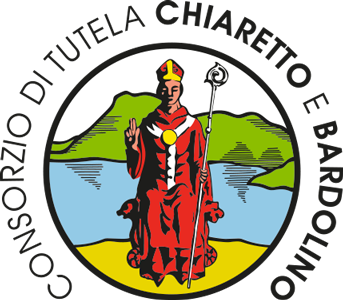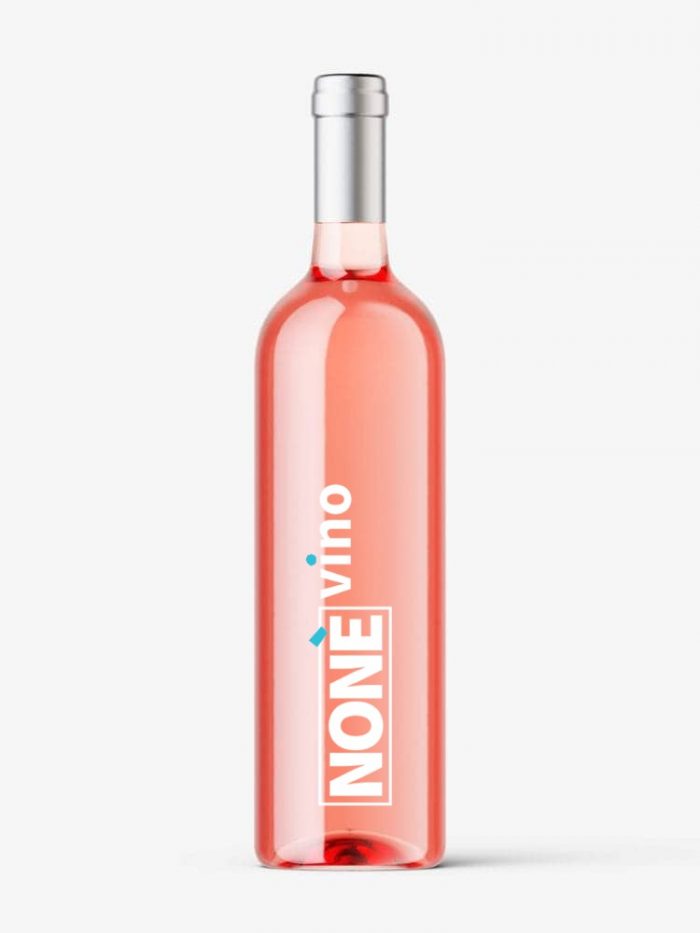Bardolino DOC Appellation
Protected Designation of Origin (PDO)


Archaeological finds from the Bronze Age, Roman finds for the use of wine in religious rites, depictions of bunches in medieval churches, vineyard sales documents, as well as writings by famous authors of the 15th century, testify to the long and uninterrupted winemaking tradition of Bardolino area.
It was in the nineteenth century that the wine production of the area began to be explicitly identified with the name of “Bardolino”, with the first chemical analyzes carried out in 1873. As evidenced in 1897 by the Brescia writer Giuseppe Solitro, “Among the most reputed in the region are those of Bardolino, that this name runs throughout Italy and competes with the best of the peninsula ”.
Giovanni Battista Perez, in a text published in 1900, describes the “light red” wine of the Bardolino district, focusing on the organoleptic characteristics of the production of the various localities of what is the current Bardolino area. Some authors in the early 1900s characterized Bardolino as “salty”, or “dry and light, with a subtle flavor”, a peculiarity that still differentiates Bardolino from similar wines obtained in neighboring areas.
As for the Chiaretto wine, typical of the area, tradition has it that the formula for its preparation was developed in 1896 on Lake Garda by the Venetian senator, lawyer and writer Pompeo Molmenti, who seems to have learned the technique of winemaking in France. “In white” of red grapes: Zeffiro Bocci in 1970 wrote that “in the Veronese wine-growing areas adjacent to the Benaco, a well-defined Chiaretto del Garda has always been produced”.
In 1926 the first “Consortium for the defense of typical Bardolino wine” was established.
Pedological studies of the 1930s identify the area called Classica in the context of the Bardolino appellation area. In 1937 the “Defense Consortium for the protection of fine Veronese wines” was established, indicating Bardolino among the protected types.In the 1940s and 1950s bottles of wine labeled “Bardolino” or “Bardolino Extra” were already exported to the United States. The modern history of Bardolino officially began in 1968, the date of approval of the presidential decree establishing the “Bardolino” protected designation of origin and the following year the Bardolino wine protection consortium was established. Thanks to its precise historical identity and its quality, today the Bardolino denomination is known and appreciated all over the world, where over 60% of the product is sold.
The Bardolino DOC wine obtained the recognition of the Controlled Designation of Origin on May 28, 1968.
Territory
The geographical area dedicated to the production of DOC Bardolino wine extends over the foothills in the province of Verona, in an area that is adequately ventilated, bright and favorable to the fulfillment of all the vegetative-productive functions of the vineyards.
The Bardolino DOC Wine Production Area is located in:
– province of Verona and includes the territory of the municipalities of Bardolino, Garda, Lazise, Affi, Costermano, Cavaion, Torri del Benaco, Caprino, Rivoli Veronese, Pastrengo, Bussolengo, Sona, Sommacampagna, Castelnuovo, Peschiera and Valeggio.
The Production Area of the DOC Bardolino Classico Wine is located in:
– province of Verona and includes the territory of the municipalities of Bardolino, Garda, Lazise, Affi, Costermano and Cavaion.
Vinification and Aging
During the vinification phases, only loyal and constant oenological practices of the area are allowed to give the wines their peculiar quality characteristics.
The oenological practices of vinification of DOC Bardolino wine include, among other things, that:
– The maximum yield of grapes in DOC Bardolino wine must not exceed 70%; if these parameters are exceeded within the limit of 5%, the excess will not be entitled to the DOC. Beyond these limits the right to DOC for the whole product lapses.
– The denomination of controlled origin Bardolino can be used to designate the sparkling wine “Chiaretto” obtained with musts or wines with natural fermentation methods of sparkling. This type must be marketed in the brut, extra dry and dry types.
– Bardolino DOC wine bottled by 31 December of the year of production of the grapes, can be designated on the label with the term “Novello” as long as it is produced with 85% carbonic maceration grapes.
– On the labels of each type of DOC Bardolino wine it is mandatory to report the year of production of the grapes, with the exception of the type of Chiaretto Spumante wine.



